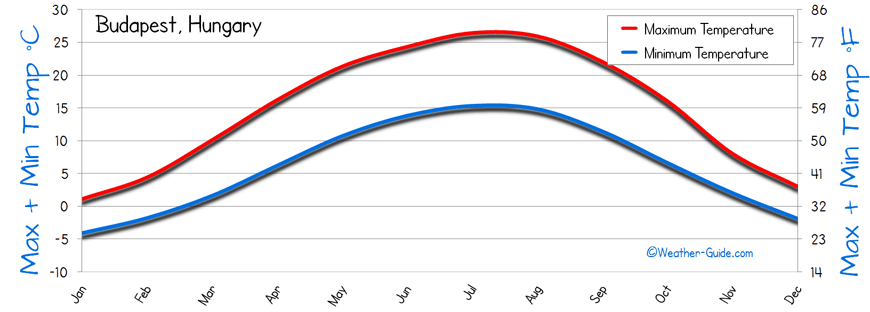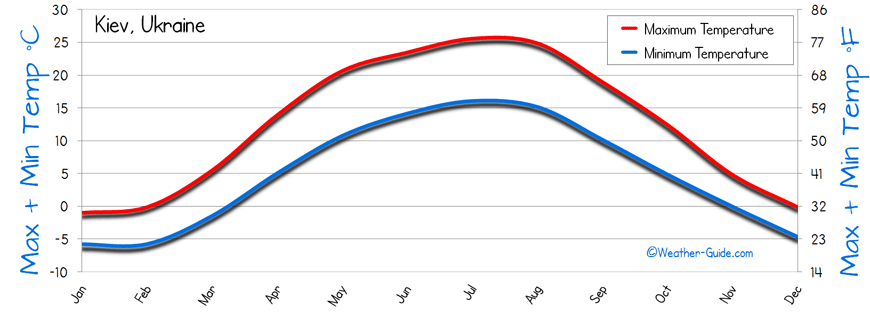
Spring: Spring can be chilly in Austria, with temperatures in the 10 to 15 degrees Celsius range in cities and much lower in the mountains. Note: Some businesses may be temporarily closed due to recent global health and safety issues.Ĭities or countryside? Skiing or hiking? Your plans will determine when is the best time of the year to visit Austria. No matter when you're visiting, Austria won't disappoint - but some months are particularly stunning and worth a trip.

Austrian cities are equally stunning – a mix of glorious architecture and gourmet cuisine that will please everyone. In winter, mountain villages and snowcapped mountains are a magical sight, even if you're not there for Austria's world-class ski resorts. Winter is also a wonderful time to go to Austria, starting in December with the Christmas markets and ending in late February as the ski season starts to slow down. For most tourists, summer is the best time to visit Austria.


A hat with a wide brim is extremely helpful, as it can prevent roughly 50% of UV radiation from reaching the eyes.The birthplace of Mozart and a prime destination for mountain lovers, Austria is stunning in summer, as the green valleys bloom in wildflowers and the picture-perfect, clear views over the Alps are a photographer's dream. On bright days sunglasses that block both UVA and UVB rays should be worn. The solar radiation is most powerful near the mid-day, so the exposure to the direct Sun should be reduced accordingly.
#WEATHER IN VIENNA IN SEPTEMBER IN FAHRENHEIT SKIN#
Light skin individuals may get burned in less than 30 minutes. Note: The average daily UV index of 5 in September transform into the following instructions: A UV Index reading of 3 to 5 represents a medium vulnerability from the exposure to the Sun's UV radiation for the ordinary person. UV indexIn September, the average daily maximum UV index in Vienna is 5. SunshineIn Vienna, the average sunshine is 9.4h. DaylightThe average length of the day in Vienna is 12.4h. SnowfallIn Vienna snow does not fall in April through October. RainfallThe month with the least rainfall is September when the rain falls for 8.3 days and typically collects 0.47" (12mm) of precipitation. HumidityIn September, the average relative humidity is 73%. And also, due to larger skin surface relative to their small bodies and higher heat production as a result of their activity. Young children are generally more endangered than adults, as they usually less sweat. Heat index values are particularly important for children. Be aware that direct exposure to sunlight increases heat impact and may raise the heat index by up to 15 Fahrenheit (8 Celsius) degrees. Additional factors like activity, wind, metabolic differences, and pregnancy affect individual temperature impact. Note: The heat index, also known as 'apparent temperature', 'felt air temperature', 'real feel', or 'feels like', combines air temperature and relative humidity to represent a human perceived temperature equivalent. Exposure to direct sunshine can increase heat index values by up to 15 Fahrenheit (8 Celsius) degrees. Take into consideration that the heat index values are calculated for shade and light wind conditions. Prolonged exercise may result in heat cramps. Constant exposure and activity lead to possible fatigue. Heat indexIn September, the average heat index is calculated to be 85.5☏ (29.7☌).

In September, in Vienna, the average low-temperature is 60.6☏ (15.9☌). TemperatureIn September, the average high-temperature marginally drops, from a tropical 86.5☏ (30.3☌) in August, to a moderately hot 81.1☏ (27.3☌). The first month of the autumn, September, is still a warm month in Vienna, Illinois, with average temperature ranging between max 81.1☏ (27.3☌) and min 60.6☏ (15.9☌).


 0 kommentar(er)
0 kommentar(er)
